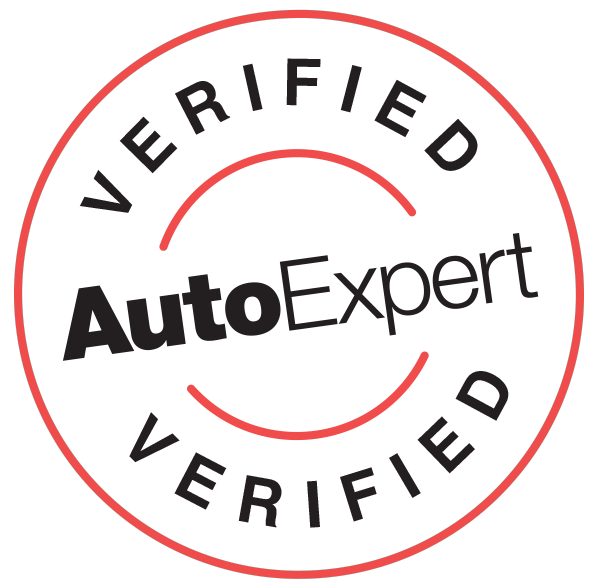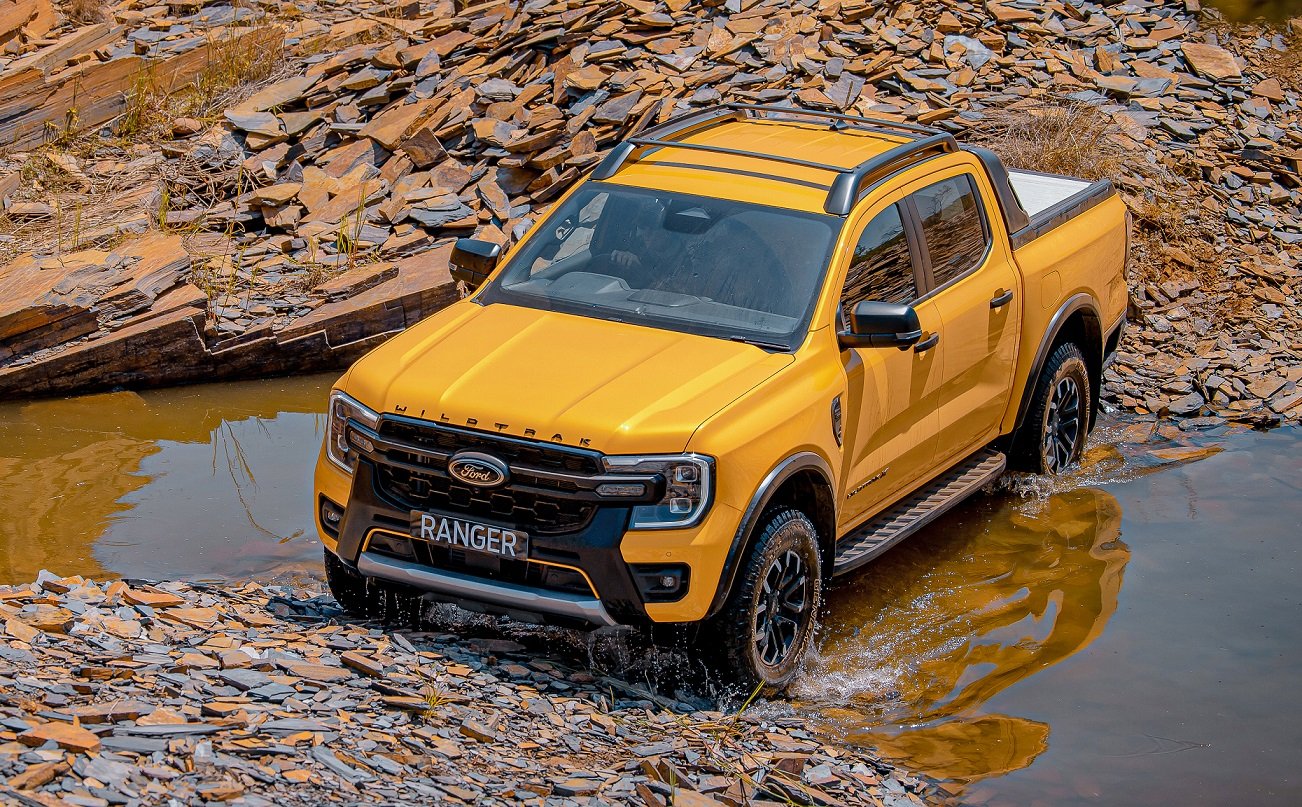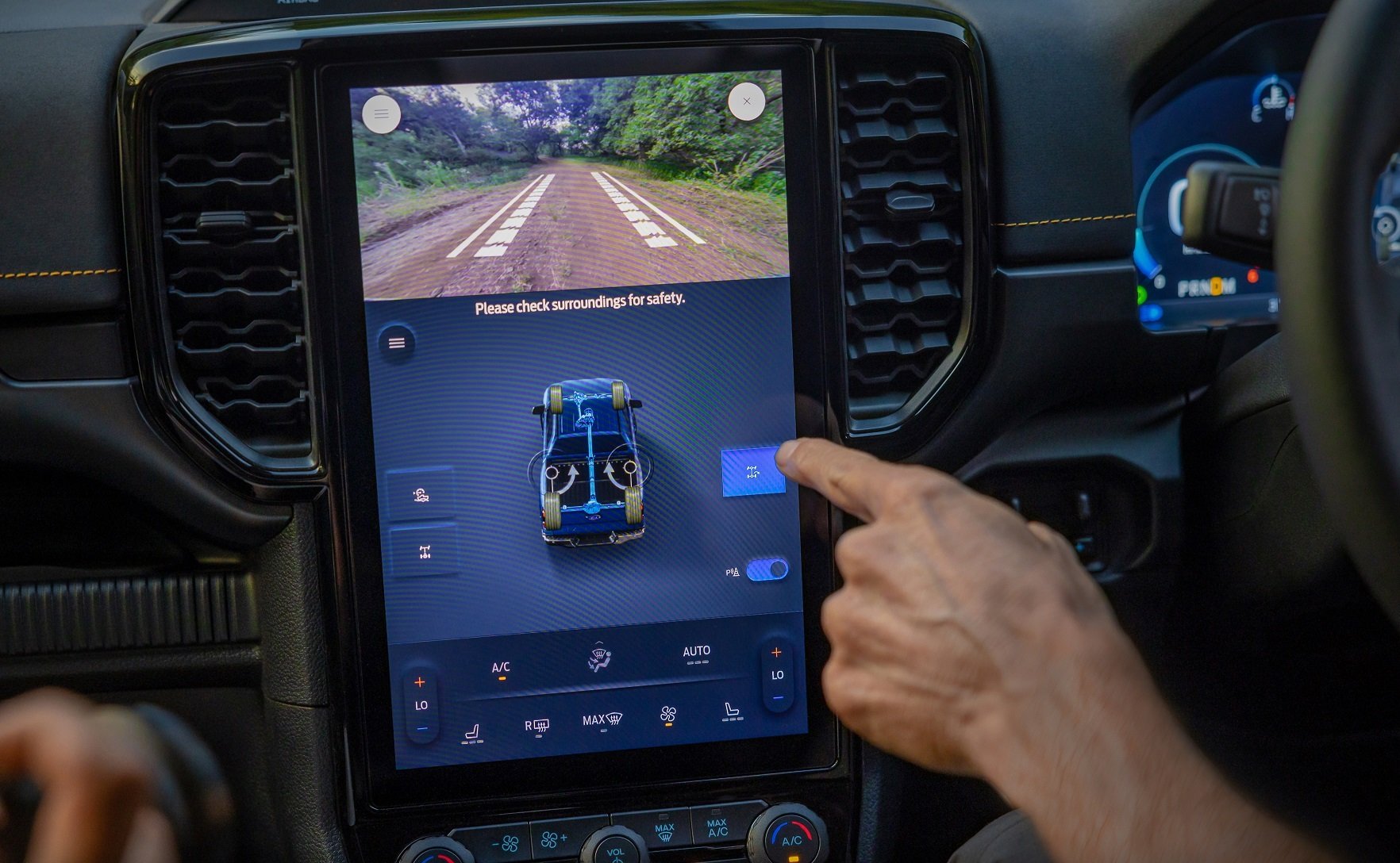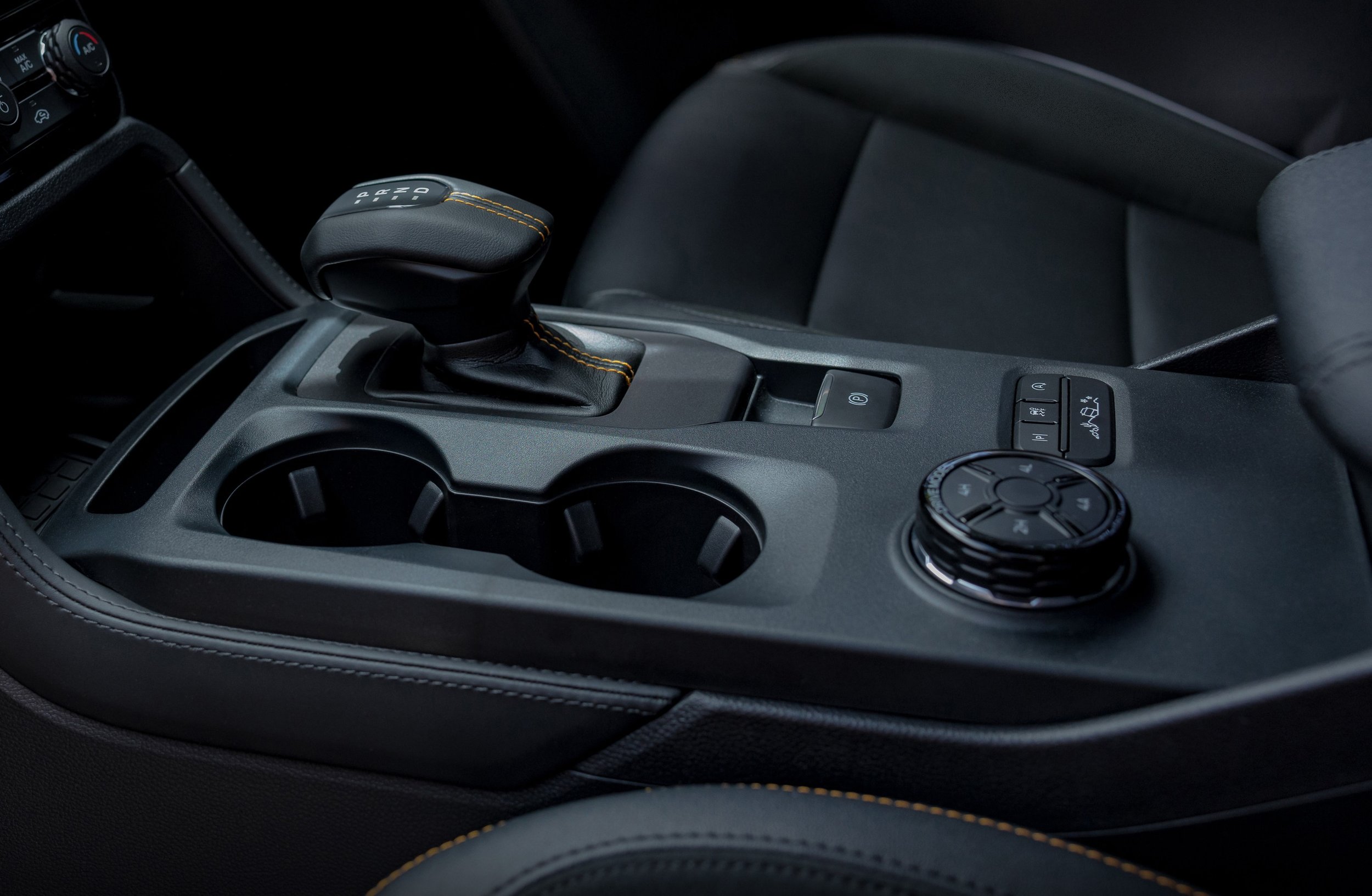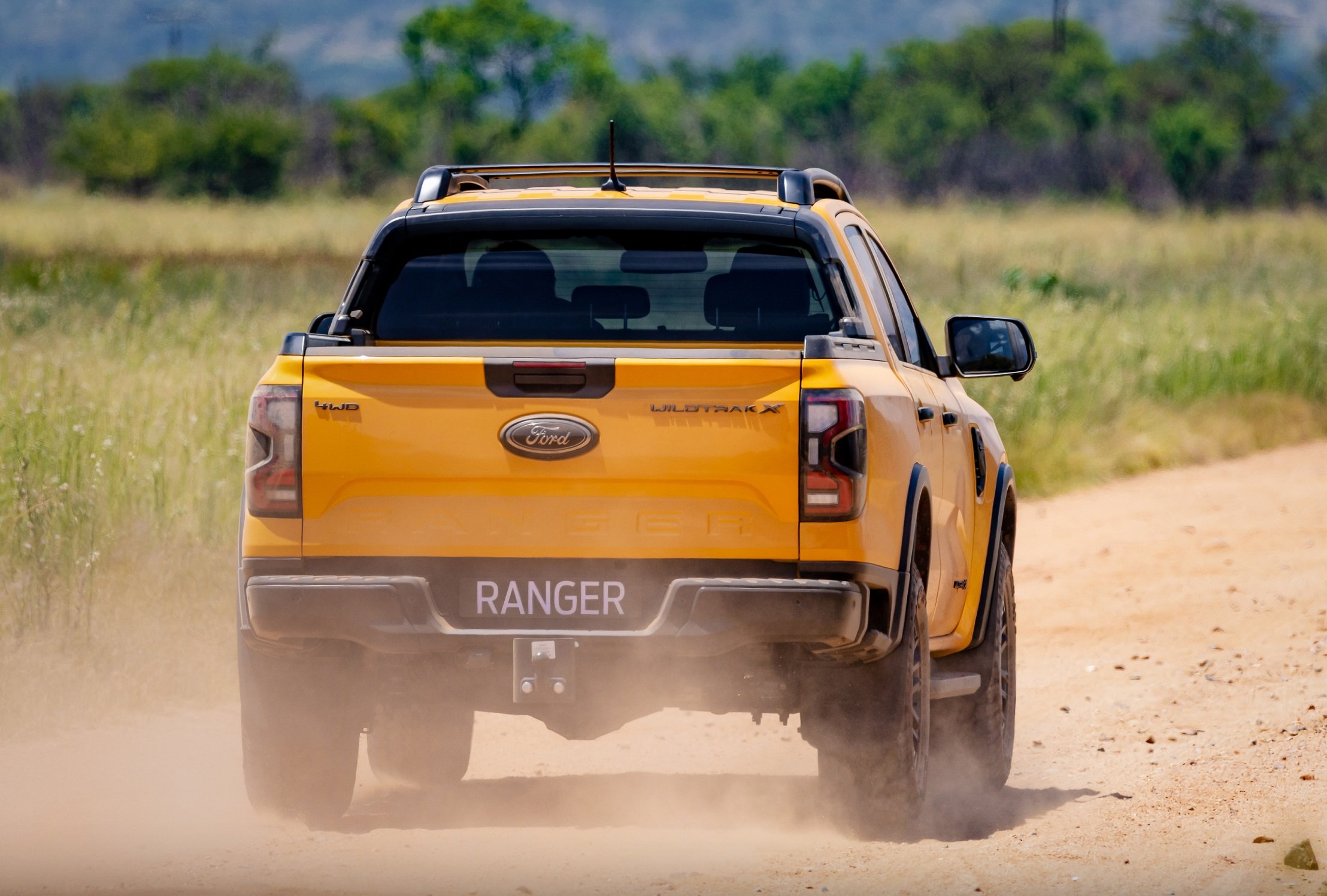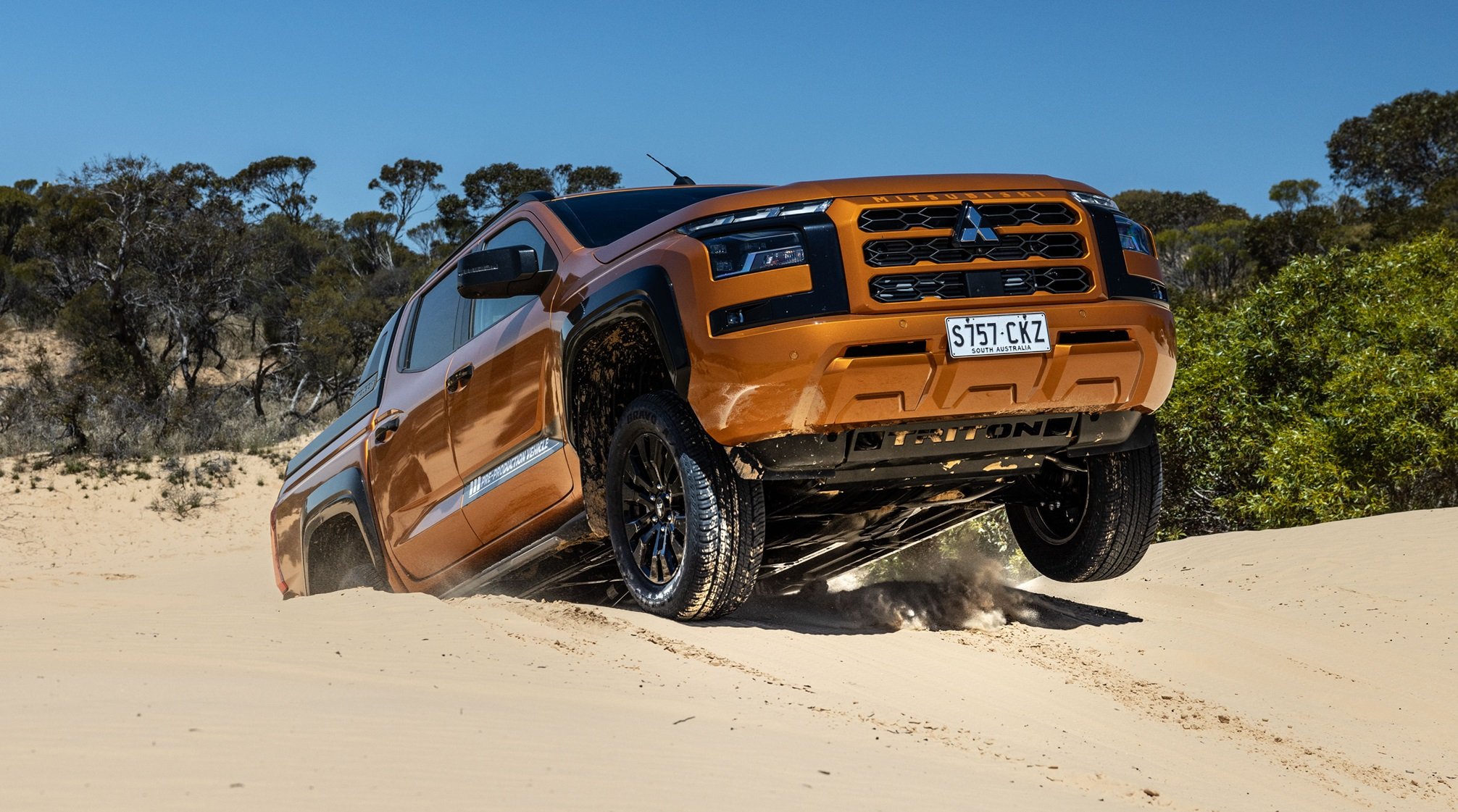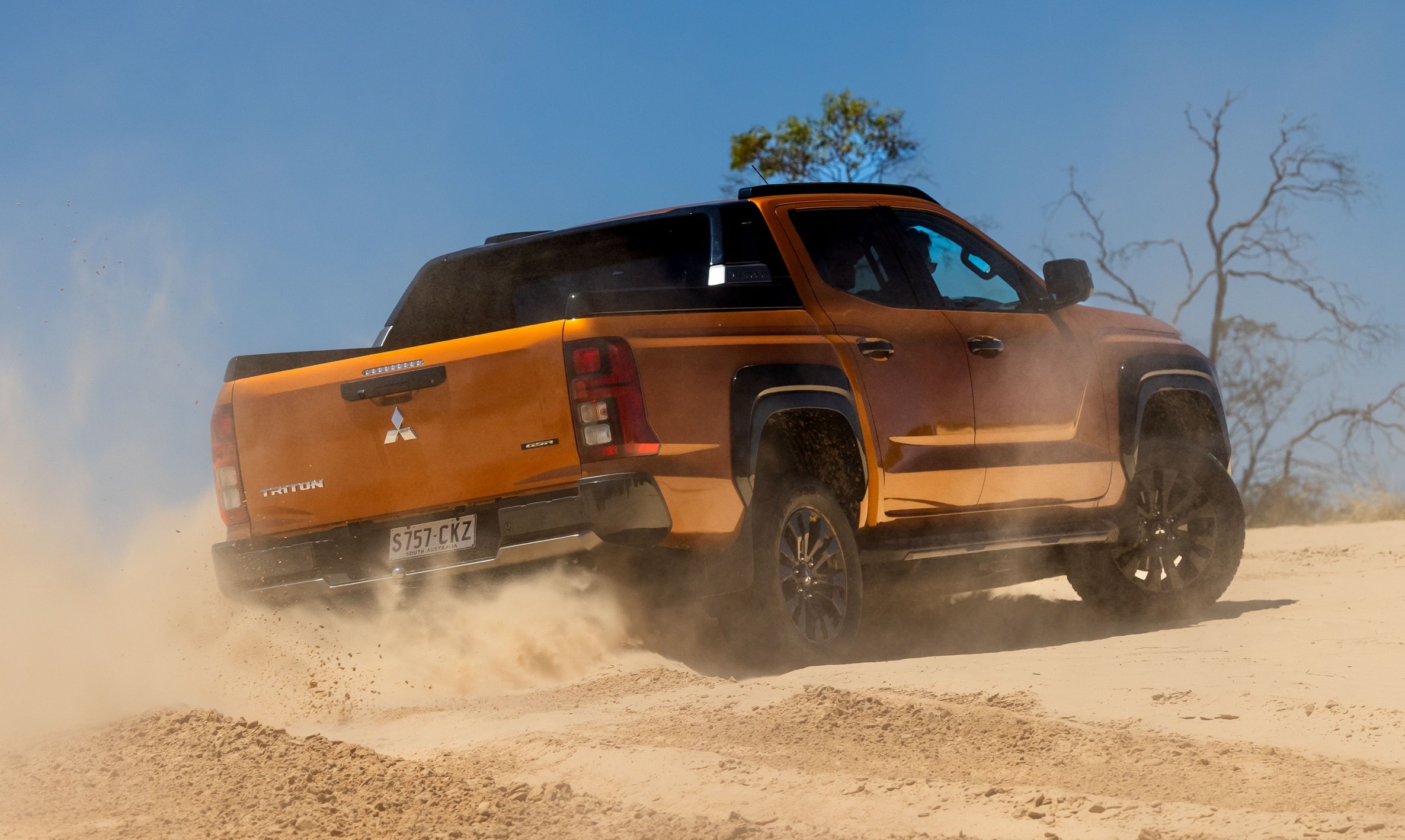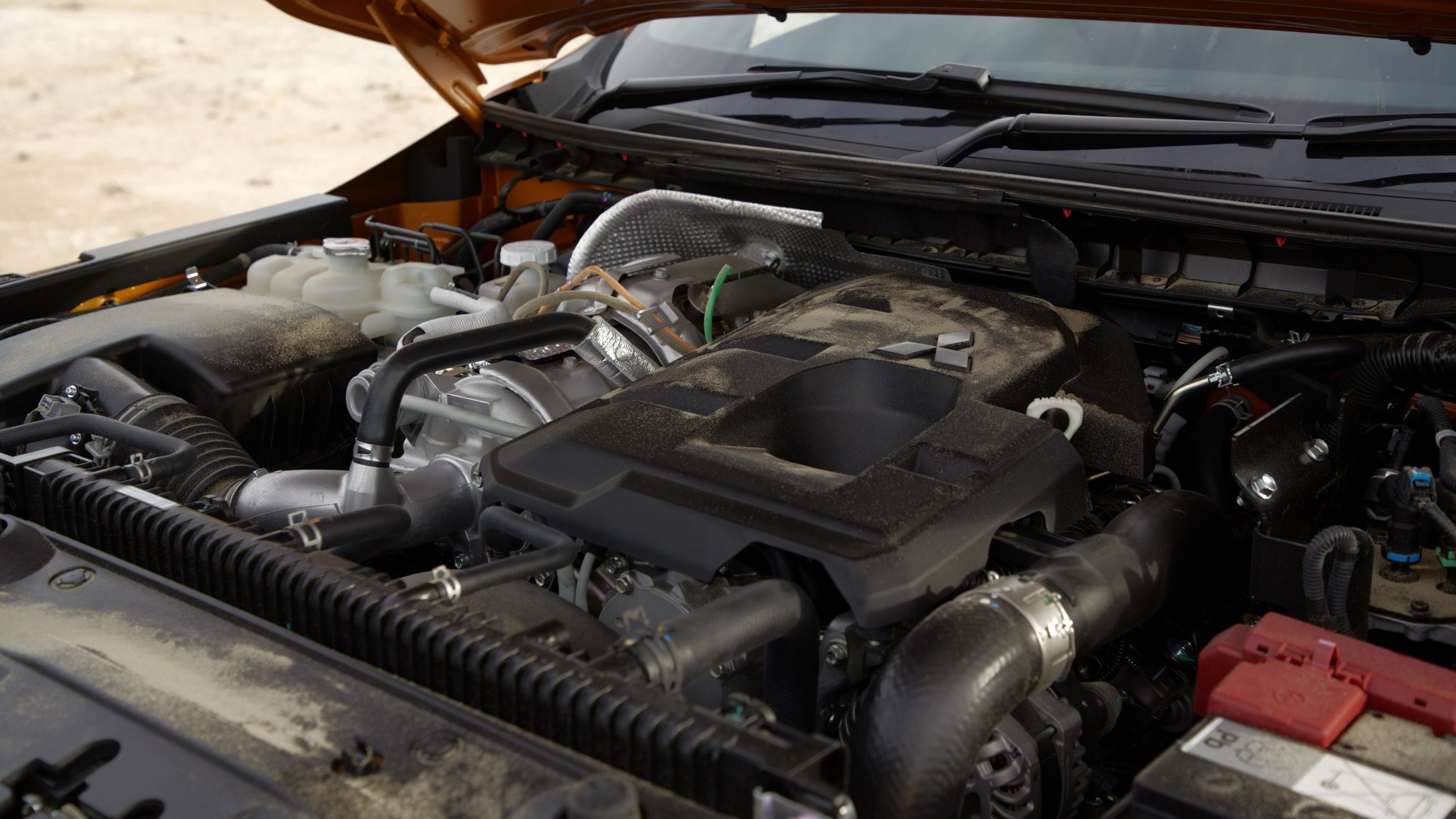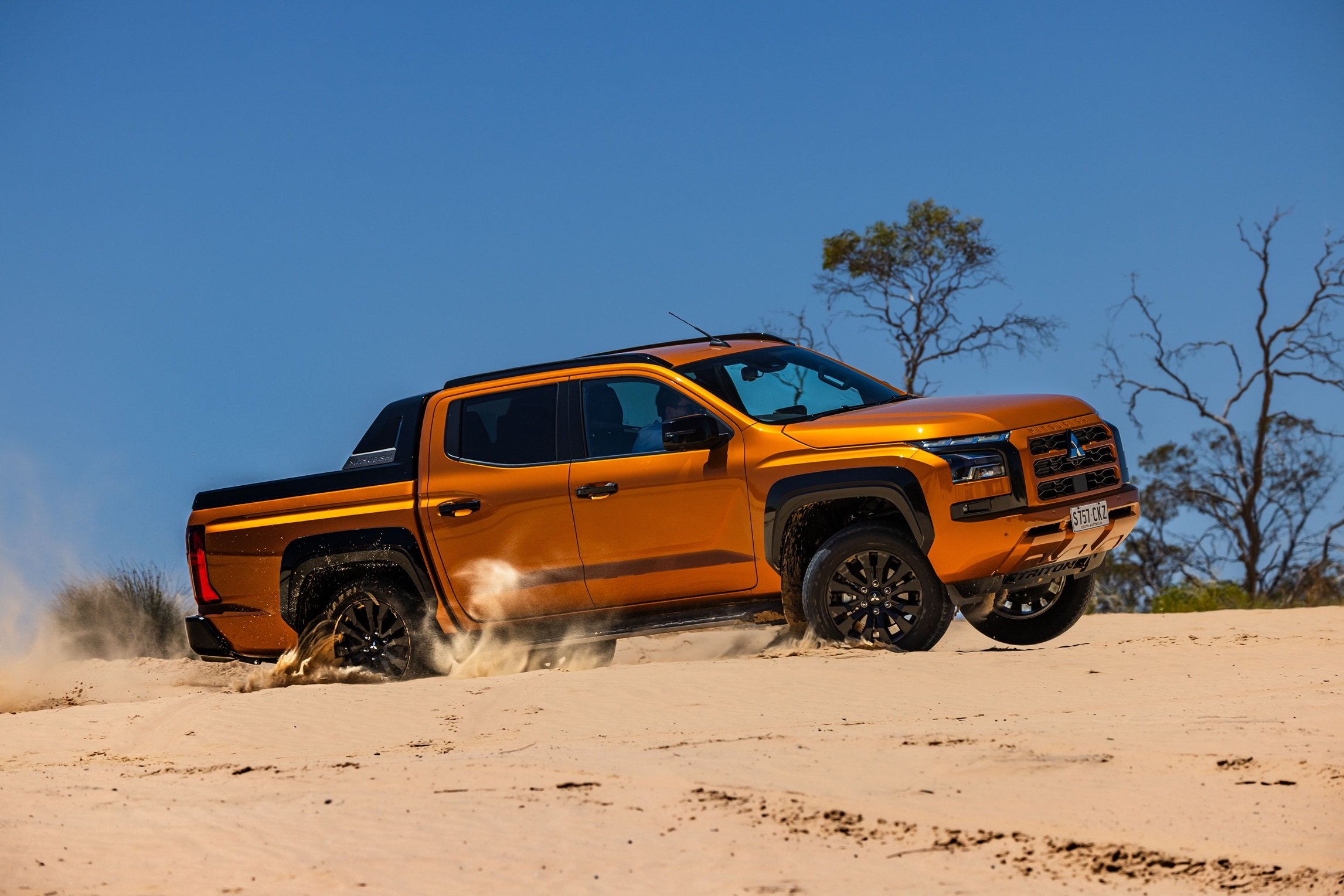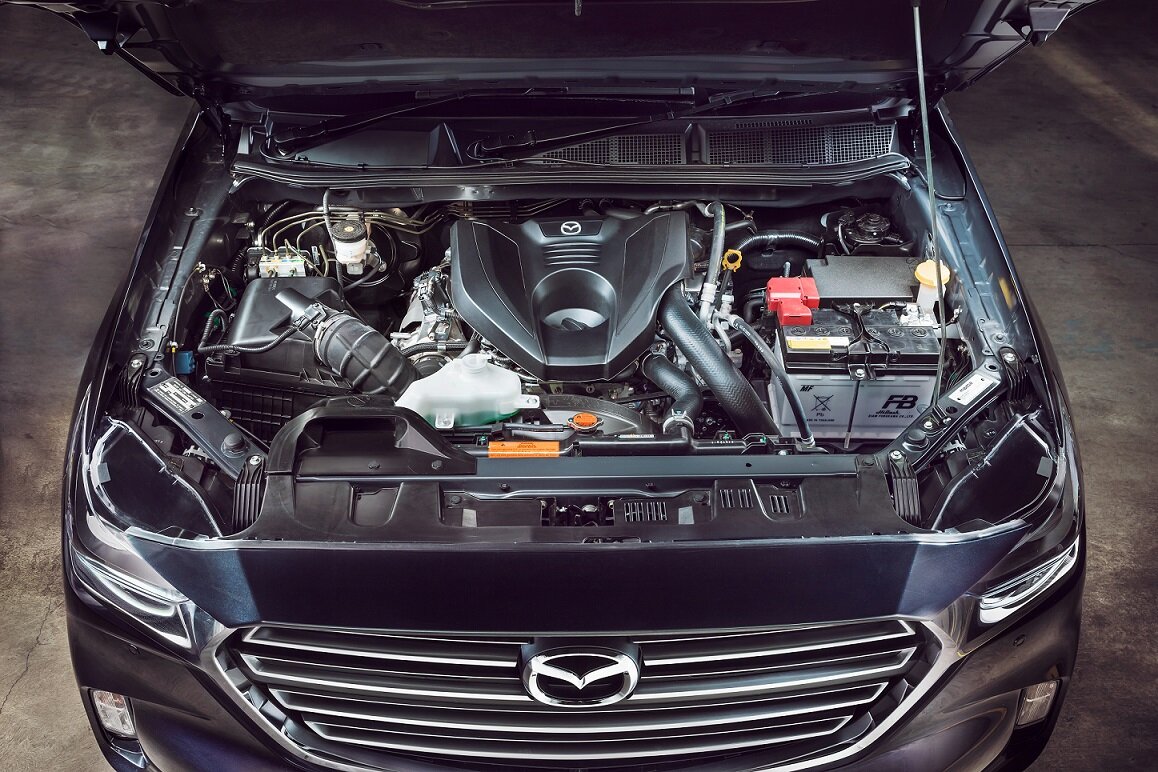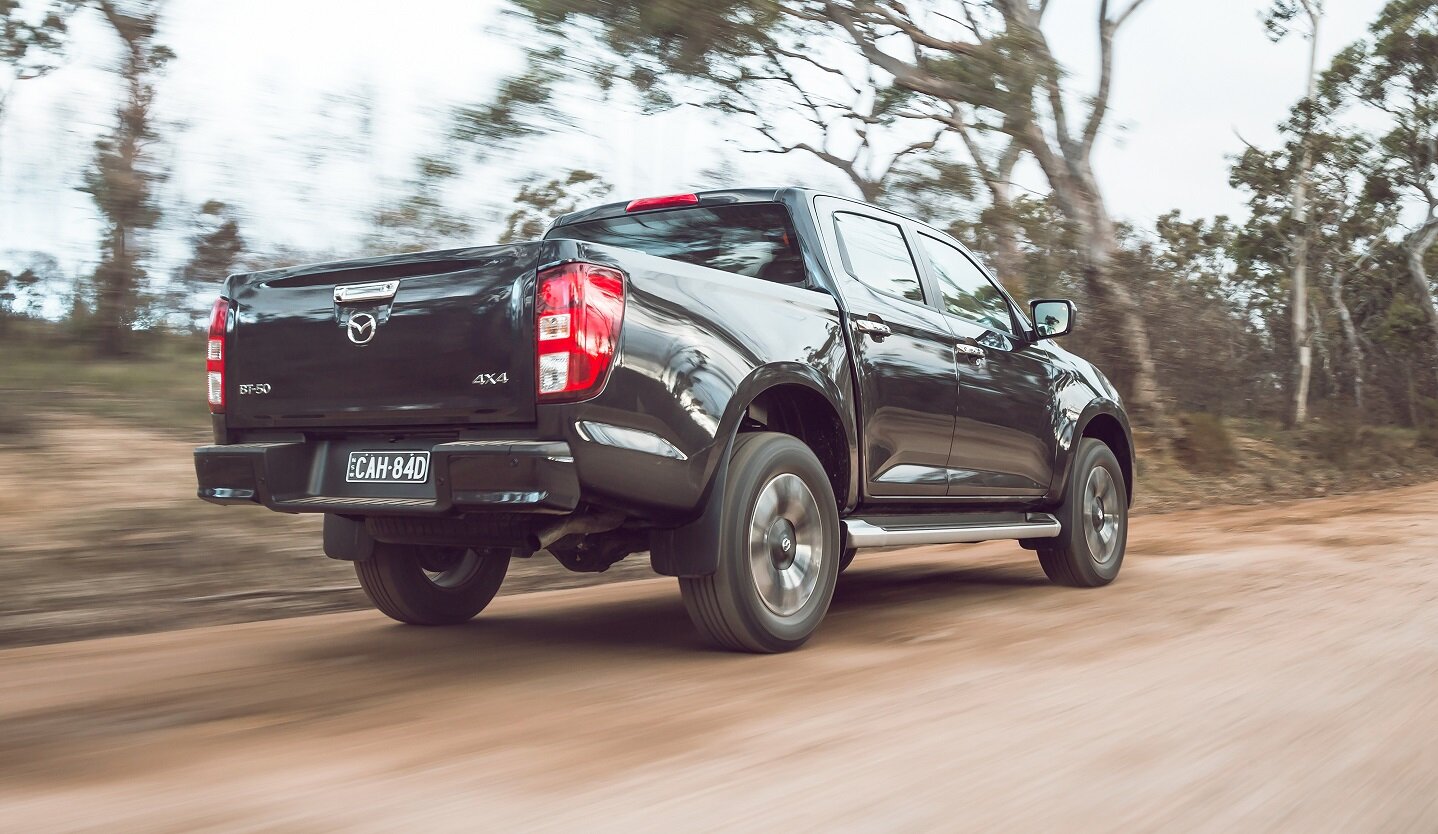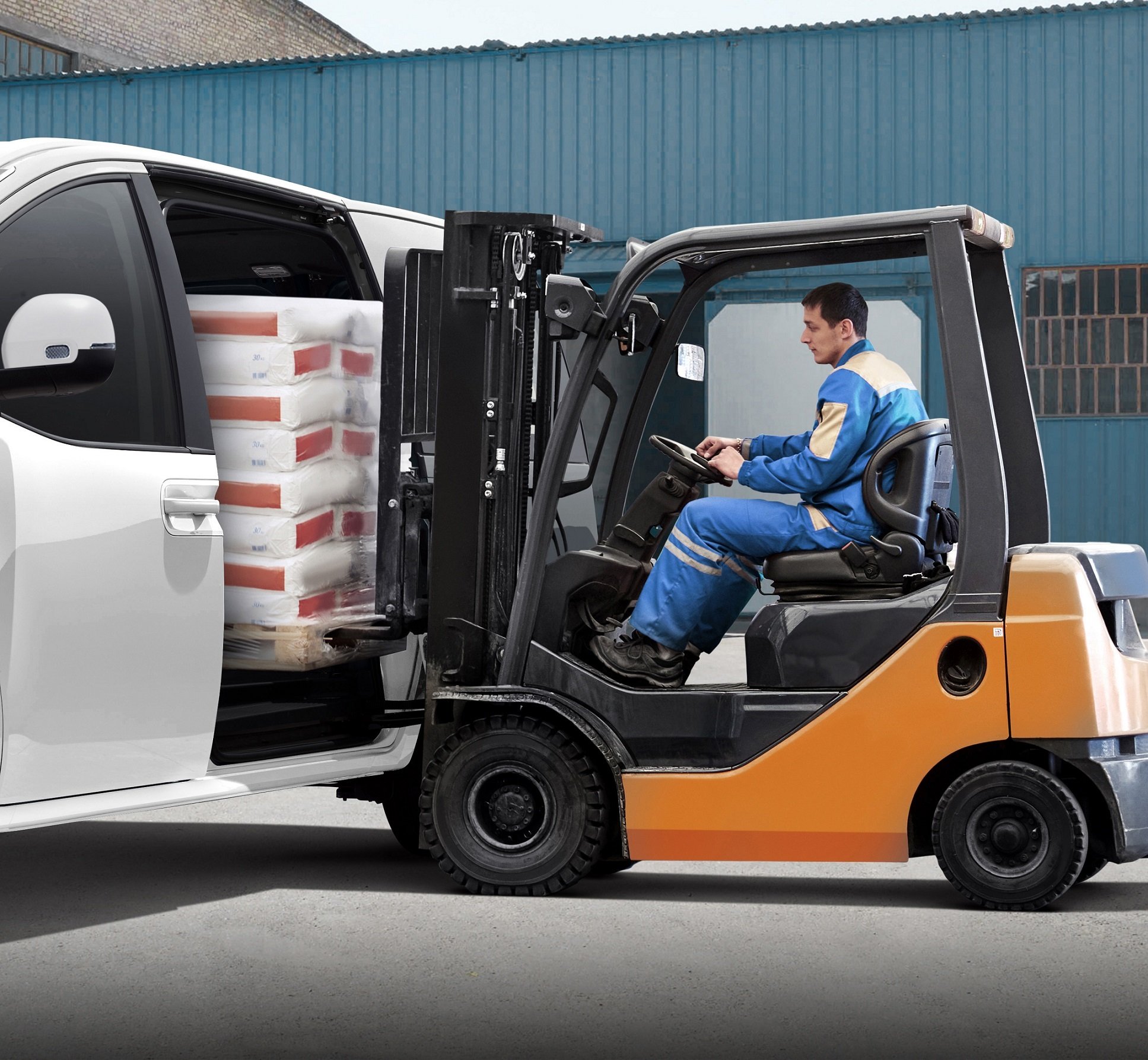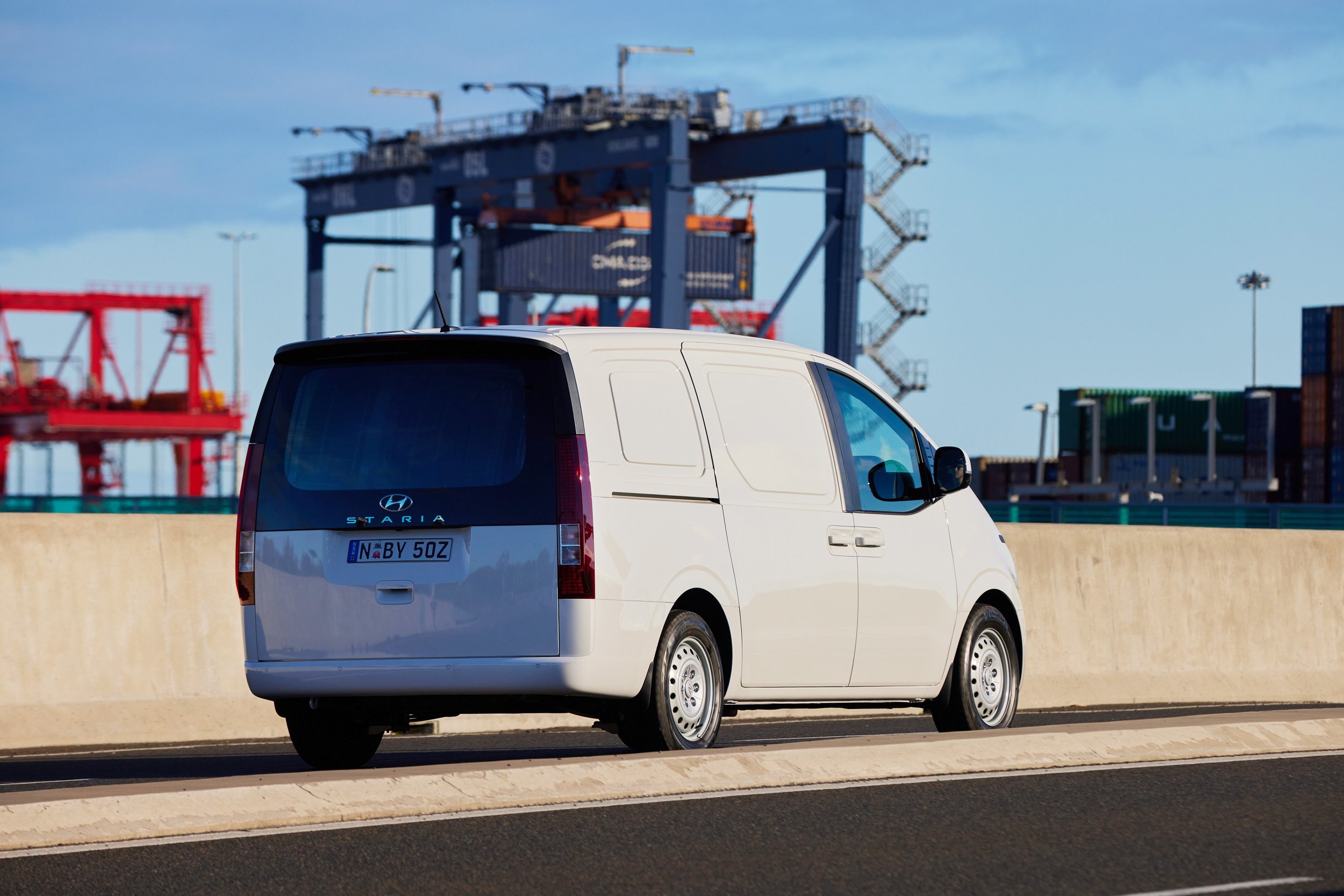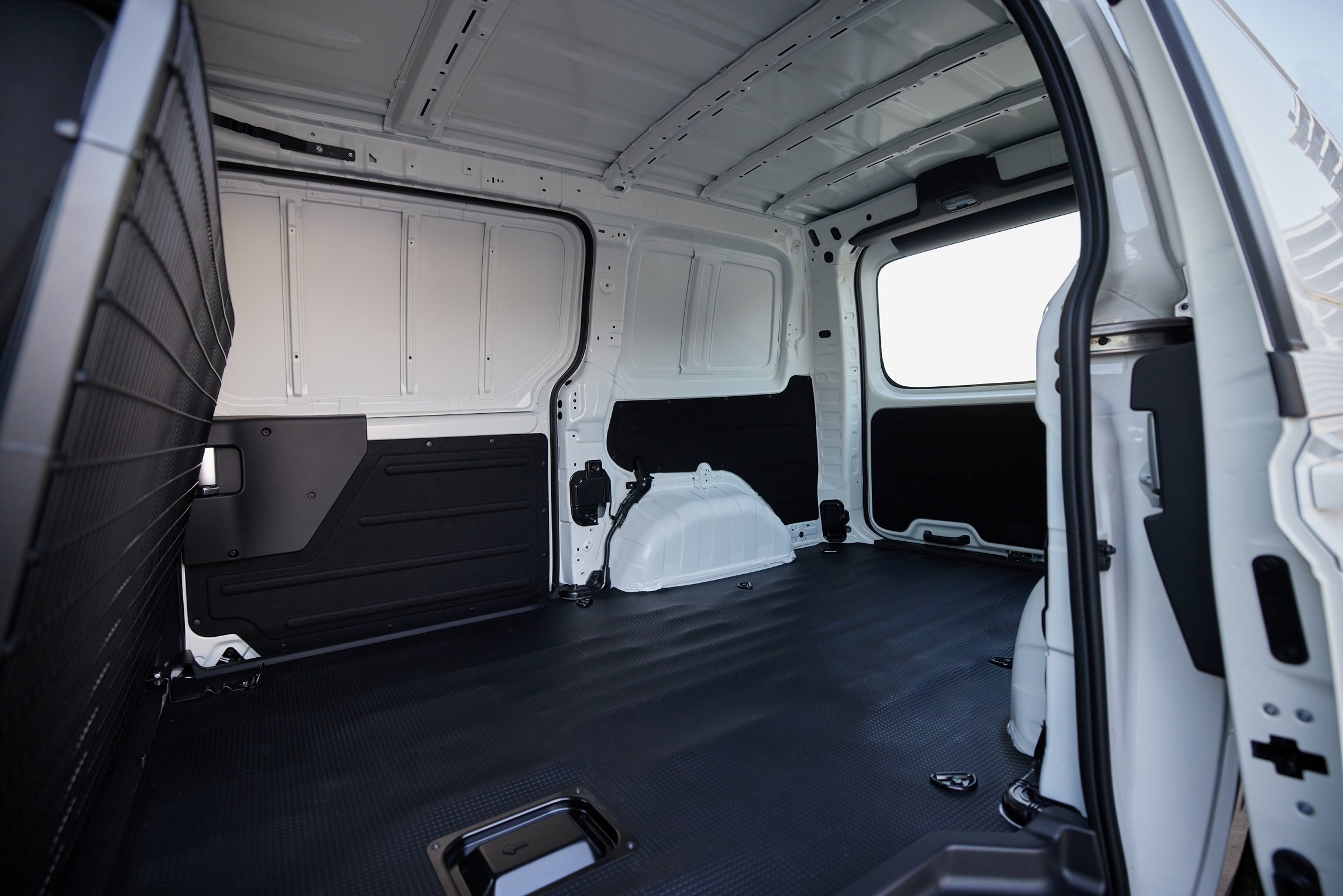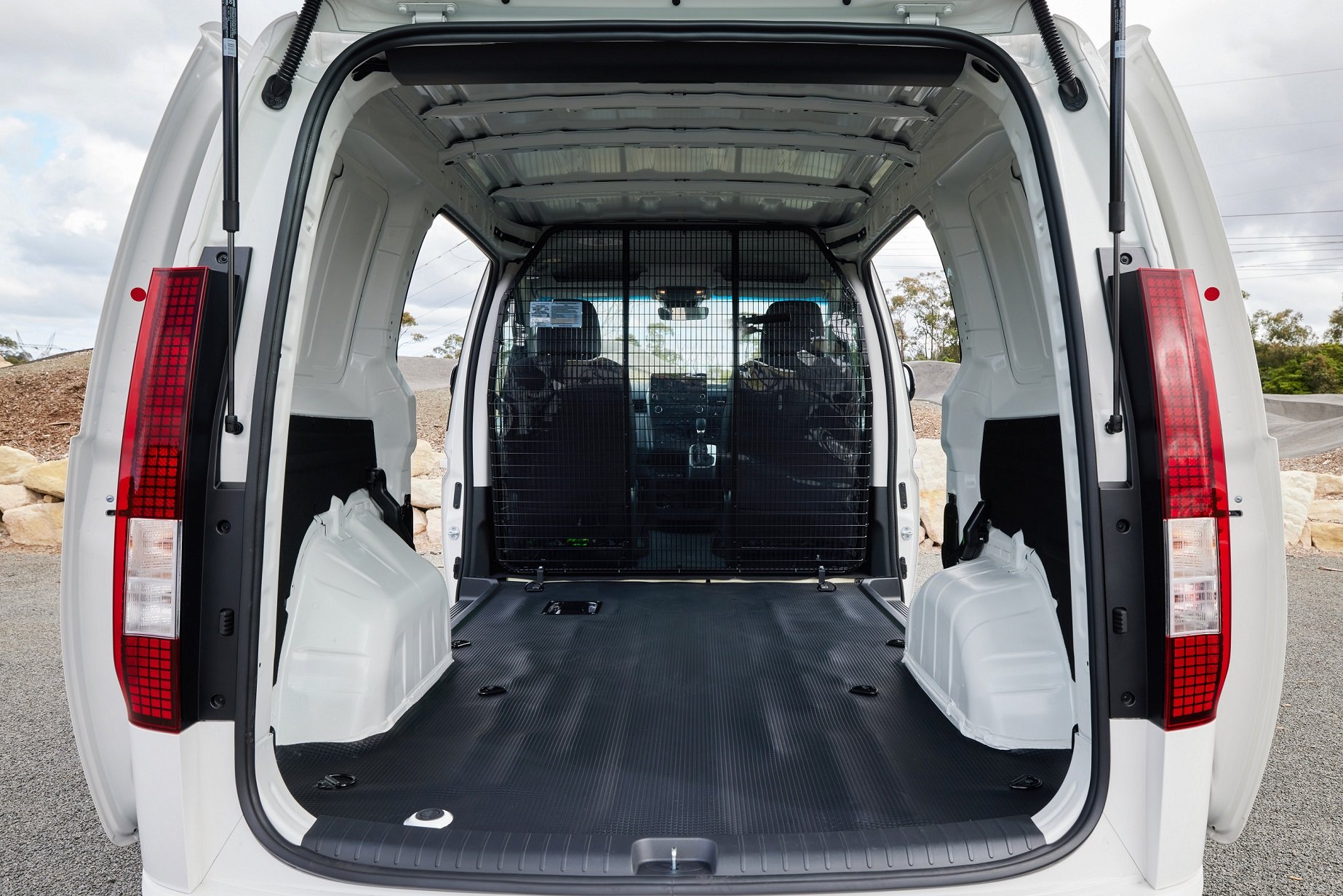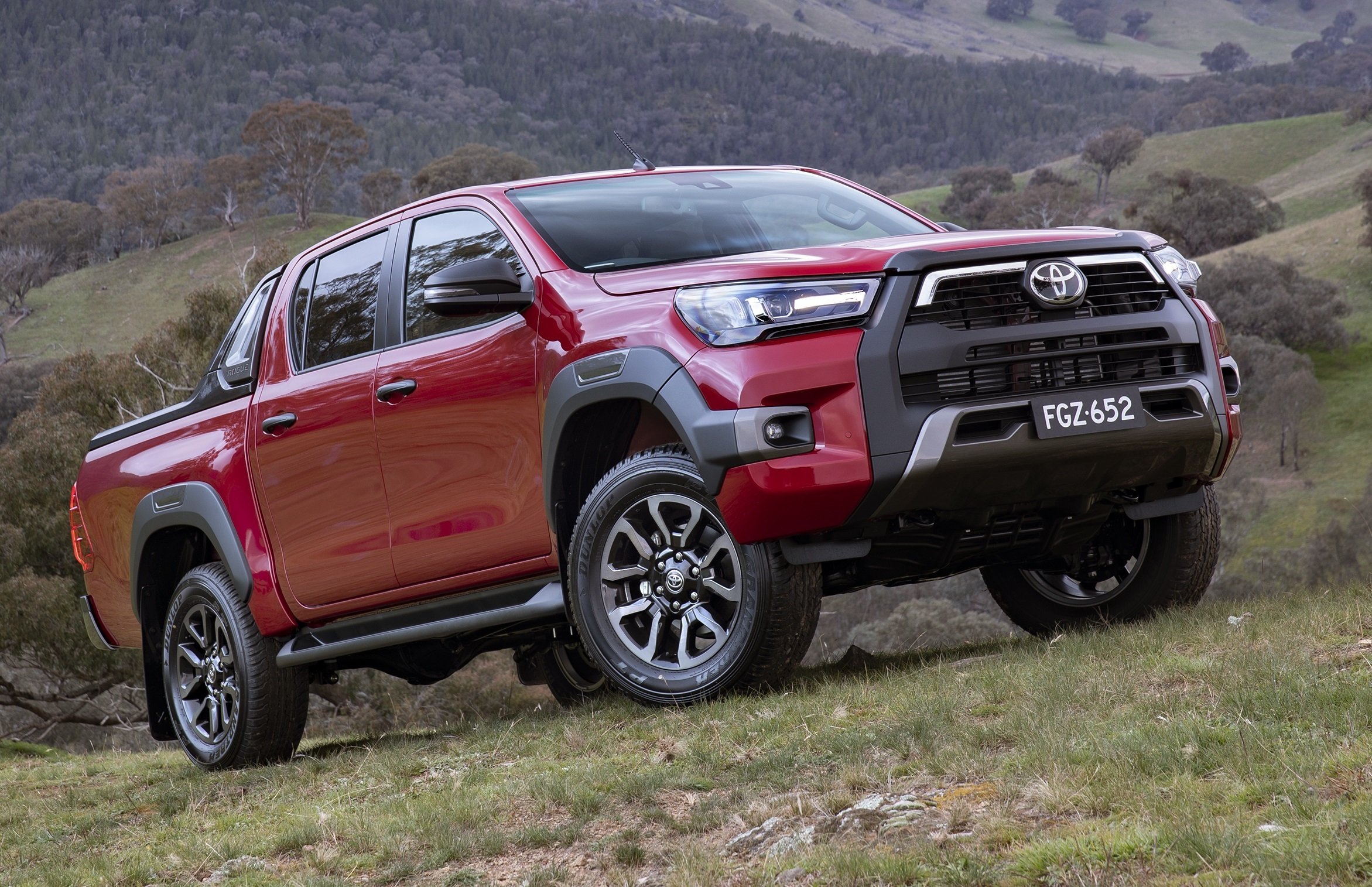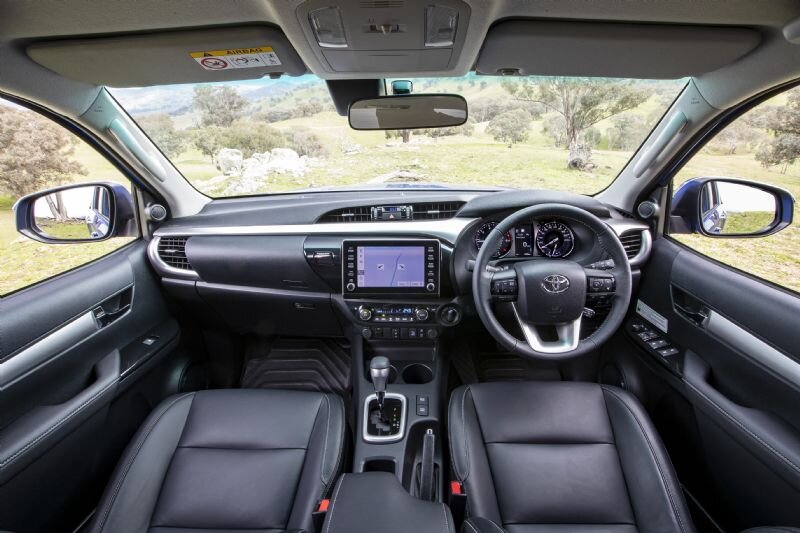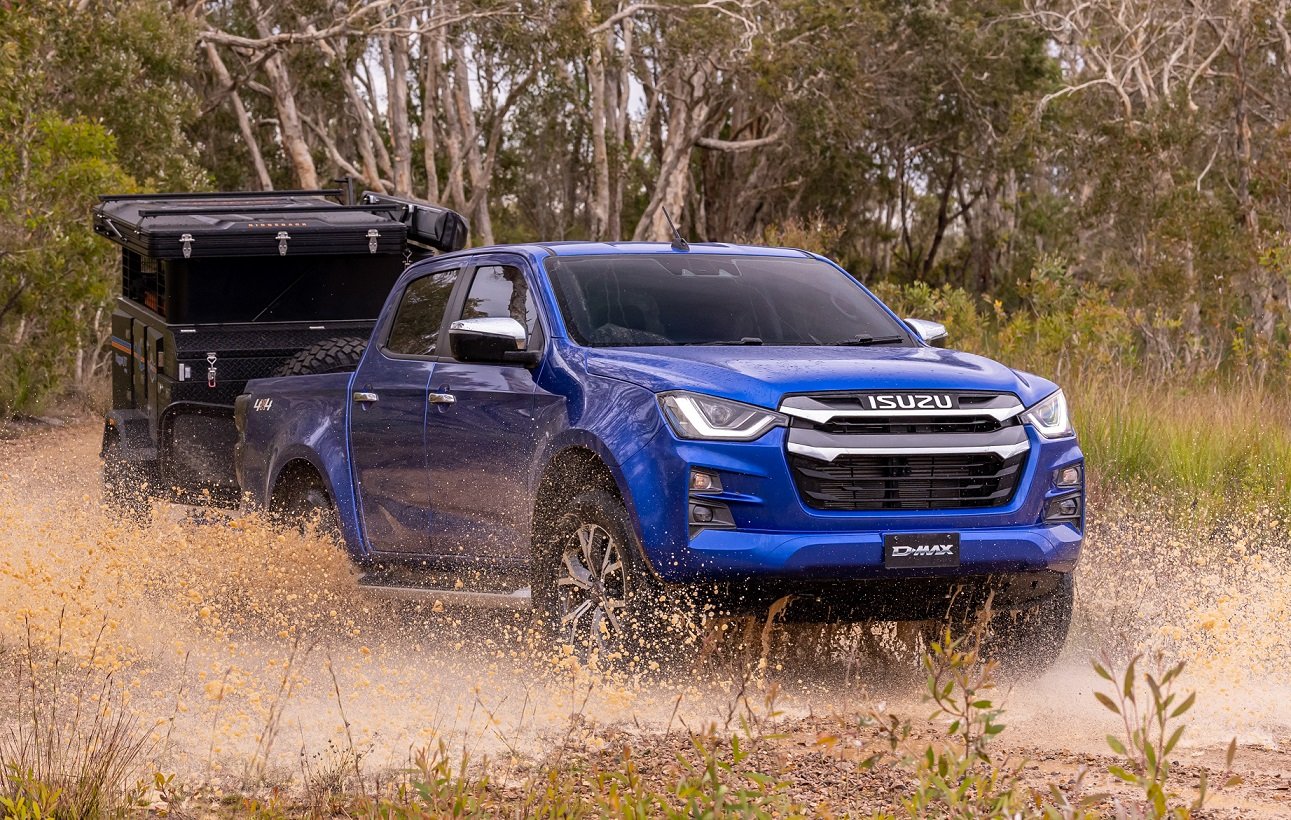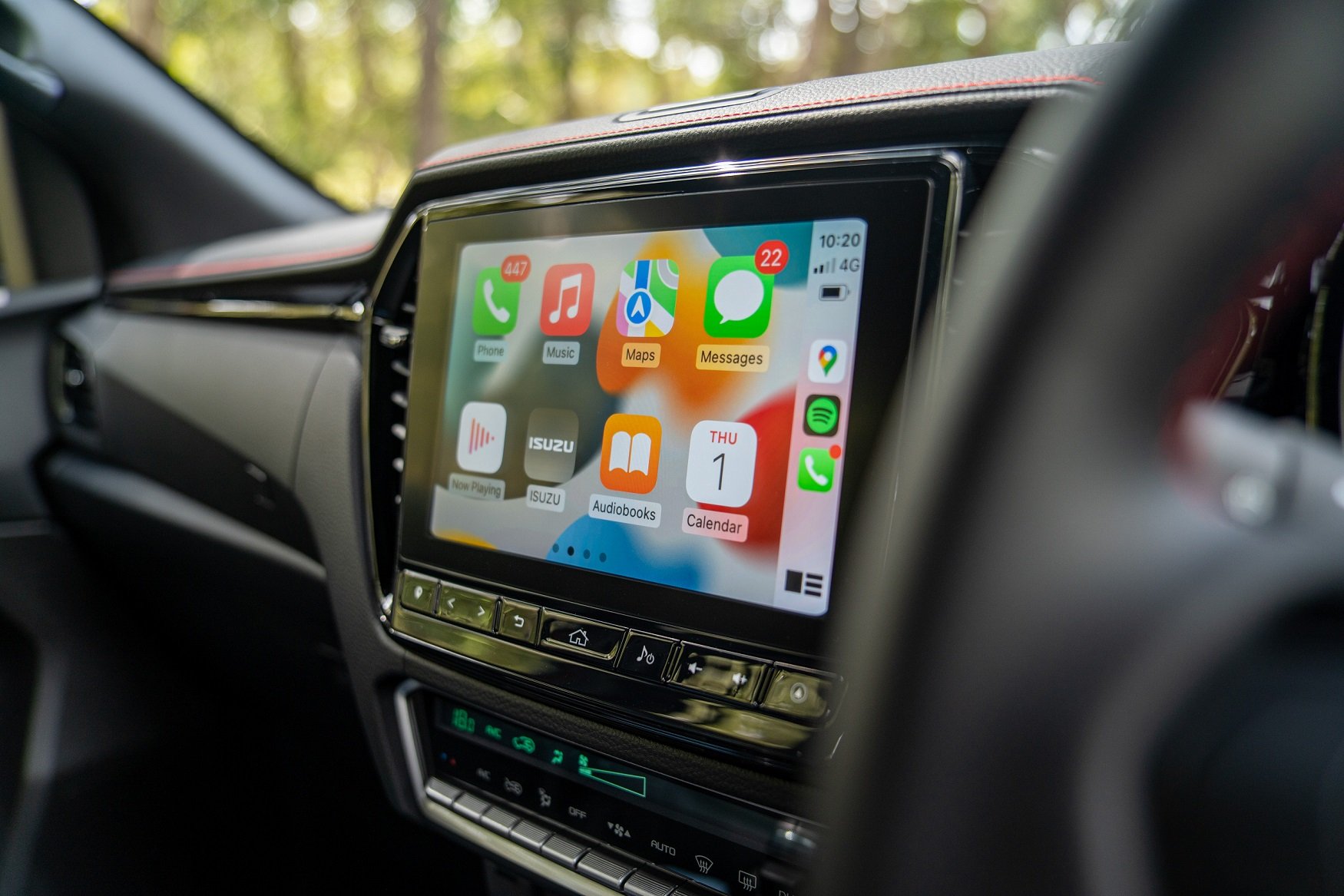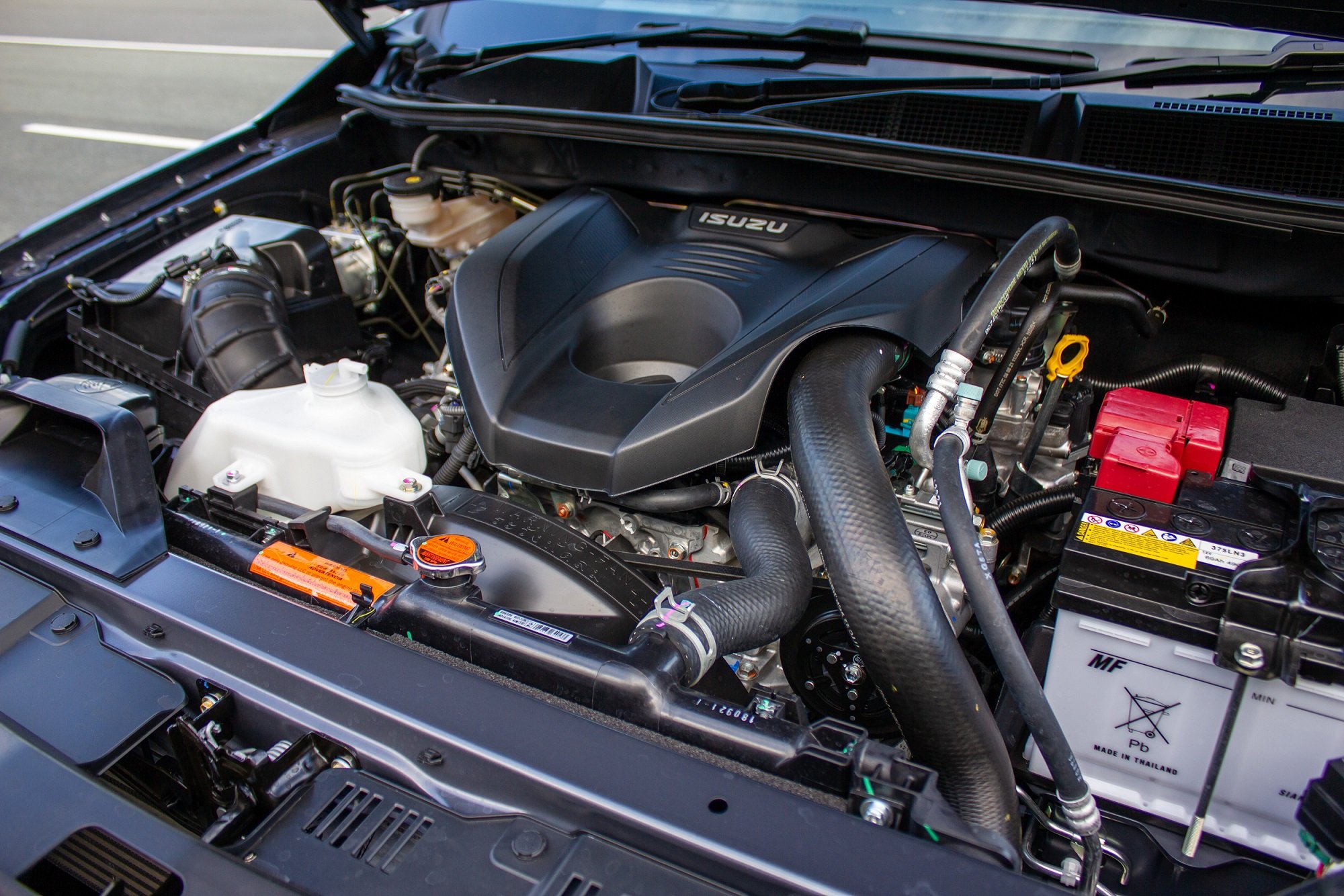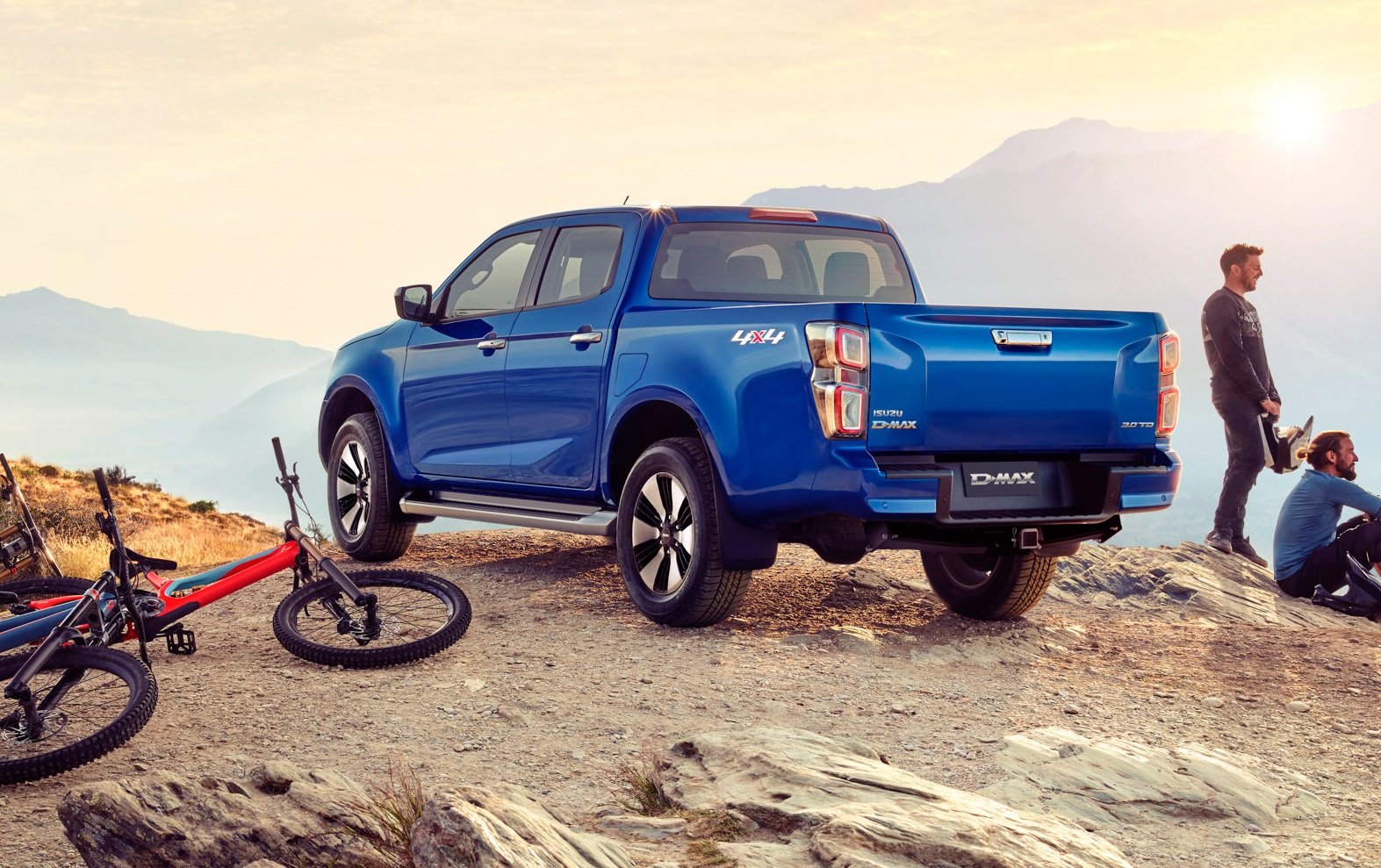BEST UTES & VANS
Work or play in this segment - possibly both. Utes, in particular, have amazing popularity right now, with three of the top 10 sellers every month typically being a ute. Here, the lemons get a push to one side, and we reveal the real gems in both segments.
FORD RANGER
Ranger is the most popular vehicle in Australia. It drips with sex appeal and it’s the only mainstream ute with a big V6 diesel. (VW Amarok shares Ranger’s fundamentals, but the Ranger will be better to own due to poorer VW customer support.)
Ranger V6 is the one you buy if you want maximum platform performance. The V6 in XLT is a solid multi-purpose work vehicle and family conveyance, whereas the 2-litre turbo four seems highly strung. Go XLS if it’s a cheaper work-only second vehicle and comfort features aren’t a priority.
Ranger is a decent workhorse and a great tow platform, plus its off-road credentials are awesome. Ford isn’t the most reliable brand, nor is it the best at customer support, but at least Ranger resale value seems strong.
Stay well below 3.5-tonne towing limit for safety/stability, but expect strong performance, even when towing and/or carrying heavy loads.
MITSUBISHI TRITON
The Triton remains the best value ute on the market. It’s about $10,000 cheaper than rivals like Hilux and Ranger. You’ll save five figures on a Triton GSR over Ranger Wildtrak and the 400kg gain in braked towing capacity has levelled the towing field.
Select II transmission continues, allowing 4WD activation below 100km/h and use of AWD (4H) on high-traction surfaces. This is great for well-maintained gravel roads, steep driveways, wet sealed roads, icy conditions, and tracks.
The 2.4 turbo-diesel is now more powerful thanks to now bi-turbo forced induction. Fuel economy should improve and the once conservative 3100kg towing capacity is up to 3500kg, but the macho towing arms race with other brands doesn’t mean you have to follow.
The improved wheelbase, chassis and tray design will make load carrying all the more competitive among the notionally bigger-name utes. Heavy duty suspension is also available for serious workhorse duties.
MAZDA BT-50
BT-50 shares platform fundamentals with Isuzu D-Max, so if you’re expecting a wait on the D-Max, consider the Mazda instead.
If your ute will be used as more of a personal transport vehicle, perhaps only occasionally roughing it in hard-to-access places or in unpredictable circumstances, a BT-50 will offer a decent place to sit in for hours on end with multiple people on board.
It’ll also double as a very comfy suburban-dwelling family transport for weekend adventuring. Good towing platform with a 3500kg braked limit. Choose 4x2 for max payload. If you need heated seats for cold early starts, you need GT 4x4 spec.
You can save $3000 choosing manual over auto, but you’ll lose software-based safety tech that relies on an auto transmission.
HYUNDAI STARIA-LOAD
Staria-Load offers tradies all the hard yakka of a ute, but with the wisdom of keeping cargo out of the rain, with greater security. You get an abundance of space (the kind of space ute buyers are constantly trying to invent). There are eight tie-down loops fitted to the floor.
The full-height rear hatch doubles as a giant makeshift awning during random showers on-site - the kind which don’t warrant tools-down.
The frugal, powerful 2.2 turbo-diesel will move up to 1078kg of payload in top-spec Premium, which also gets wireless phone charging and 17-inch alloys. You can even put up to 100kg on the roof.
If you factor in 2500kg of braked towing capacity (with 100kg of towball download), including the ‘Crew Van’ option that gives you seating for five, you’ve got a multi-role trade- and delivery-friendly package.
TOYOTA HILUX
Hilux is hard to beat when it comes to resale value. Even old Hiluxes with high kays fetch good money in the used market.
SR is going to be the ideal workhorse. If you need to use the tray for tying down supplies or large pieces of equipment regularly, SR’s factory tiedown points are a great option over the smooth-sided tubs of higher model grades.
SR5 will be better suited for a more balanced life as both workhorse and family hauler including ‘premium cloth’ seats, sat-nav, LED lights, carpet, dual-zone A/C, 220-volt socket, 6 speakers, blindspot monitoring, rear parking sensors. But just remember utes are not comfortable long-distance because they’re a light commercial vehicle with leaf springs.
Adaptive cruise is standard, as is lane-keeping and speed-sign recognition. Ditto front air-con cooler box. Payload SR to SR5 is the same 940kg.
ABOUT THIS NEXT RECOMMENDATION (TRITON, HILUX & BT-50’s COMPETITOR)
This next ute is in a sub-set I don’t specifically recommend due to the questionable parent brand being below-par at customer support. But it is a justifiable option if it fits a specific usage case, such as heavy towing, or if you just need what’s immediately available.
Bear in mind, it’s not especially terrible, but you need to know about the lacklustre reliability and/or poor support that might disappoint/frustrate you over the first several years of ownership. Here it is…
ISUZU D-MAX
A good alternative if you can’t get hold of a Mazda BT-50 in a timely fashion, but it’s more often D-Max that has the availability issues, currently.
As a ute to punish, the SX base model or LS-M are pretty good options for a dual-cab. Decent ‘apprentice’ conveyance.
The 3.0 inline four diesel is as old as the hills and will take what even the most mechanically unsympathetic tradie can do to it. Isuzu Ute’s main deficit isn’t reliability - it’s mainly lacking on the customer care front.
Resale value is reasonable, payload is a very respectable 1070kg (but that reduces with the more equipment you add up the model range), and the 4x4 system will get you out of the soggiest housing estate.
Good level of standard safety gear includes knee and front-centre airbags, lane-keeping, distraction warning, blindspot monitor, rear sensors, auto emergency braking, auto LED headlights & foggies, auto wipers and radar cruise - but no tyre pressure monitoring until LS-U model grade.
UTES & VANS TO AVOID
Nissan Navara: A new Navara is due around 2025, to be based on new Triton, only you’ll be dealing with Nissan. Current Navara is burdened by soft-duty coil springs at the rear which are compromised when it comes to heavy loads, towing and safe handling in these situations.
Volkswagen Amarok: New Amarok is a Ford Ranger clone, which is only good if you cannot get your hands on the genuine article, and/or if you specifically want to pay more for the same basic vehicle platform. Unfortunately, VW customer care is abysmal, so they’ll burn your trust.
RAM 1500 & Chevy Silverado: These two oversized American utes get converted to RHD at the old HSV factory, which adds $40K to their price. Then there’s the flaky dealer and support network, even before the question of American build quality and reliability.
SsangYong Musso: This is SsangYong’s fifth or sixth attempt to establish itself in the Australian market, meaning you could be one of 1580 people who bought a Musso in first-half 2023 and within three years the brand could go belly-up again. Where do you go for tech support, parts or servicing?
LDV T60: Sales for T60 are growing, but the key issue here is LDV itself. Too many questions about serious concerns of poor build quality exist, evidence by some poor so-called customer support. Utes need to take a beating; you can’t be in the dealership fighting claims for rust repair.
Jeep Gladiator: As well as being hideously expensive at over $100K per unit, Jeep’s reliability is trash and the brand’s opinion of you as a consumer is generally worse - especially when you need support or genuine parts that aren’t extortionately overpriced. Give this glorified Wrangler a miss.
Save cash, and slash stress: We'll help you purchase any new car. Enquire below - there's no obligation.
ENQUIRE NOW
..
Thinking of buying a base-model new ute?
This video will tell you everything you need to know about that
About ‘cheap’ Chinese utes
The purchase price can seem compelling. Here’s a reality check:
We recently got a question from a guy named Geoff who’s considering
SsangYong Musso Ultimate XLV
LDV T60 Luxe
GWM Cannon-X
(I know the Ssangyong’s not Chinese, but let’s treat it the same, mainly because although they’ve been in Australia for some time, they’ve never really kicked any kind of goal.
Geoff says: “We have sat in a few mainstream Japanese dual cab utes, but only the top-spec ones seem to be comfortable enough. And in my opinion, $60k+ is an outrageous price for any ute. The three vehicles I'm interested in have a top-spec of around $40k. I currently drive a 20 year old Commodore that has done 400,000kms and the mechanic says that it will need to be replaced soon.”
OK, so, up-front, I need to admit that my crystal ball is down for repairs, which limits my ability to predict the future. Frankly not enough data is known about any of these three to make any kind of credible prediction about longevity, but I am fairly confident the resale value will tank if you buy one.
Ssangyong has been in and out of bankruptcy for some time, and it has failed in Australia several times. It’s currently enthusiastically re-branding to KG Mobility to wash all of this ugliness away. This would weigh heavily on my decision to buy one. Essentially, this instability means budgets globally have been slashed for some time, and this is not a positive thing for the product, or the calibre of support you are likely to receive if you have a problem.
GWM has failed spectacularly to gain any real traction here for something like 10 years, but recently their sales here have increased. They were founded in 1984, and they’re currently China’s largest manufacturer of SUVs and utes.
LDV has had a spectacular increase in sales in Australia, however.
Check out my video report below on one customer who took LDV to court (and won) after they refused to repair his T60 rustbucket, because he worked at a surf club. Their quaint hypothesis was that proximity to the ocean was the customer’s problem… The court saw it differently, ultimately, but for the owner it was a stressful roll of the dice. One of the big problems with LDV ownership is the importer (a company you’ve probably never heard of, called Ateco). Ateco is not renowned for its commitment to customer care. Quite the opposite.
What owning an LDV is really like:
You have to understand that the unique selling proposition of all three is: They’re cheap. And cheap products tend not to be as good as the expensive ones, right? So there’s a trade-off, and it’s likely to be in the areas of reliability, longevity, etc.
That’s how I see this playing out. If your cheapie dies at about 14 years and a Japanese ute runs to 20 - the amortised cost per year is about the same.
Do not buy one of these cheapies expecting it to be the same as a ‘Japanese’ ute (in quotes because they’re all built in Thailand…) Incredibly, people do - they expect it to be the same high-quality product as a Toyota or a Mitsubishi, only cheaper. This is emphatically not the case. If you go into this expecting to thrash it for five years, on a farm or mine site, killing it in the process and throwing it away afterwards, OK. Good plan.

